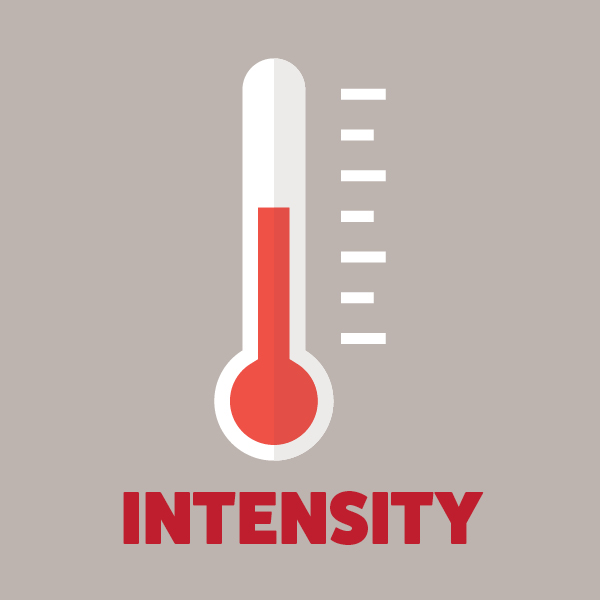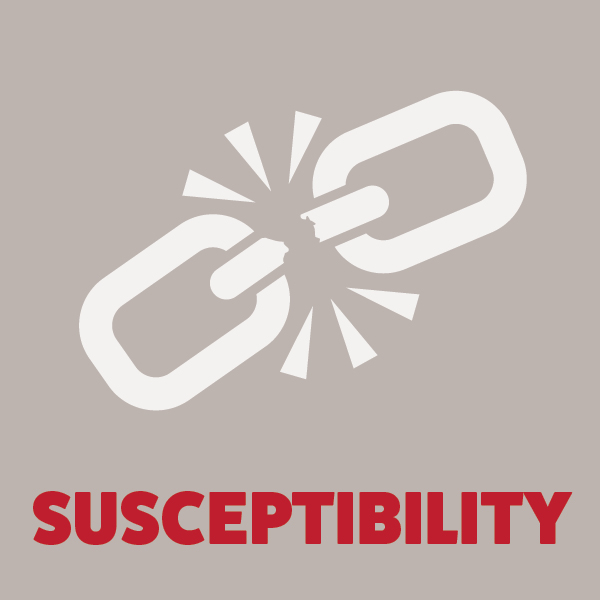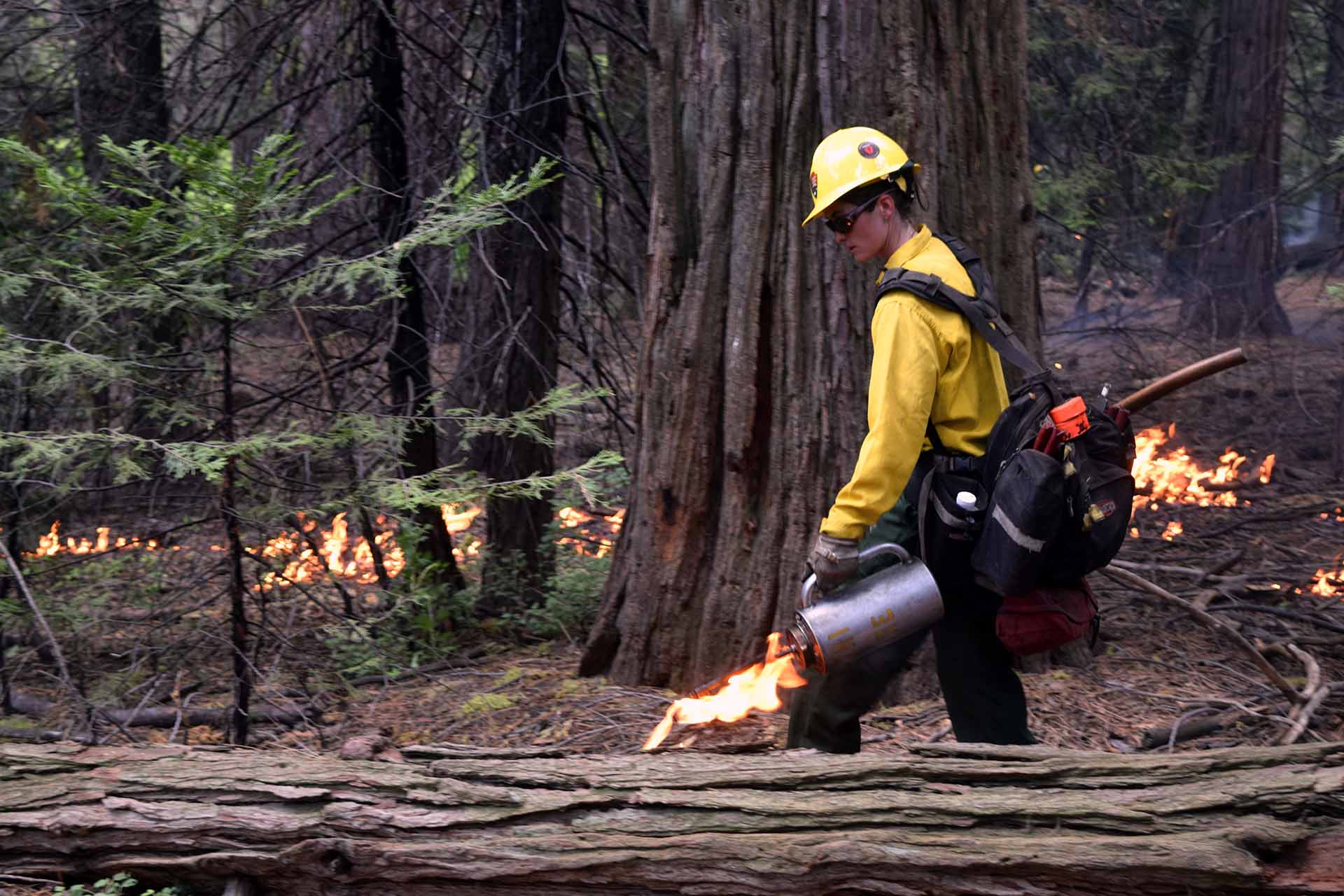
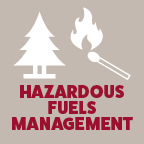
Hazardous Fuel Management
Cut, thin, burn, or otherwise reduce flammable vegetation on the landscape.
About Hazardous Fuel Management
To reduce flammable material—such as dry grass, fallen trees, dense forests, logs, and shrubs—land management agencies strategically remove and reduce fuels on the landscape. Fuel management practices include burning, thinning, pruning, chipping, and mechanically removing fuels to reduce the amount and continuity of burnable vegetation.
Fuel treatments are most effective when multiple strategies are combined to disrupt the potential for a wildfire to spread and intensify. Fuel management complements other wildfire mitigation strategies, such as managing vegetation around homes to reduce risks to people and homes. Fuel treatments can also help make wildfire response safer and more effective.

Explore your community’s risk.
Community Tools
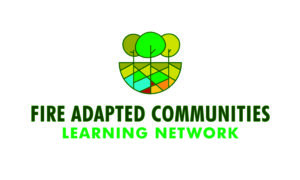
Fire Adapted Communities Learning Network
The Fire Adapted Communities Learning Network connects and supports people and communities who are striving to live more safely with wildfire. The purpose of FAC Net is to exchange information, collaborate to enhance the practice of fire adaptation, and work together and at multiple scales to help communities live safely with fire. This includes embracing resiliency concepts and taking action before, during and after wildfires. They offer a Fire Adapted Communities Self-Assessment Tool (FAC SAT) to help communities assess their level of fire adaptation and track their capacity to live safely with fire over time

Firewise USA
A program of the National Fire Protection Association, Firewise USA® teaches people how to adapt to living with wildfire and encourages neighbors to work together and take action now to prevent losses. Firewise USA® is a network of sites from across the nation taking action and ownership in preparing and protecting their homes against the threat of wildfire.
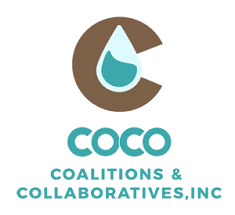
AIM: Action, Implementation & Mitigation
The Action, Implementation, and Mitigation Program (AIM) seeks to increase local capacity and support for wildfire risk reduction activities in high risk communities. Selected participants in AIM will receive technical and financial support and become affiliate members of Coalitions and Collaboratives, Inc. (COCO).
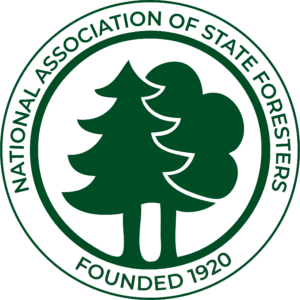
National Association of State Foresters
The National Association of State Foresters is a non-profit organization composed of the directors of forestry agencies in the states, U.S. territories, and the District of Columbia. State foresters manage and protect state and private forests, which encompass nearly two-thirds of the nation’s forests.
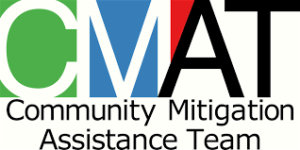
Community Mitigation Assistance Team (CMAT)
Community Mitigation Assistance Teams are a national interagency resource designed to work collaboratively with local partners to build sustainable mitigation programs focused on community fire adaptation actions on the ground. A CMAT works with communities at high risk of wildfire to analyze their mitigation programs and barriers, develop workable solutions to help move mitigation forward, share best mitigation practices for achieving outcomes, and build successful partnerships.
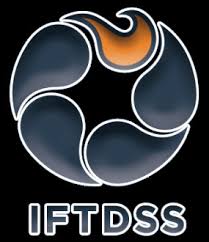
Interagency Fuels Treatment Decision Support System
The Interagency Fuels Treatment Decision Support System (IFTDSS) is a web-based application designed to make fuels treatment planning and analysis more efficient and effective. IFTDSS provides access to data and models through one simple user interface.

Coalition of Prescribed Fire Councils
The overarching goal of the Coalition is to create one voice to assist fire practitioners, policymakers, regulators, and citizens with issues surrounding prescribed fire use. The Coalition’s core mission is to promote the appropriate use of prescribed fire for enhancing public safety, managing resources, and sustaining environment quality. In addition, the Coalition encourages and facilitates the organization of prescribed fire councils in states that lack active councils.
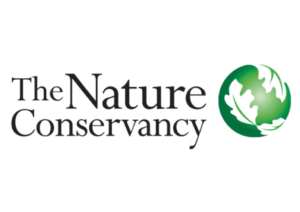
TREX Prescribed Fire Training Exchanges
Prescribed Fire Training Exchanges (TREX) and cooperative burns provide experiential training that builds robust local capacity for fire management and offers professional fire practitioners a more holistic perspective—while implementing treatments that support community and landscape objectives. The key focus of TREX is promoting the spread of effective cooperative burning—helping diverse partners leverage skills, resources and staff in ways that maximize opportunities for outreach, treatment and training.

Joint Chiefs’ Landscape Restoration Partnership
USDA’s Forest Service and Natural Resources Conservation Service are working together to improve the health of forests where public forests and grasslands connect to privately owned lands. Through the Joint Chiefs’ Landscape Restoration Partnership, the two USDA agencies are restoring landscapes, reducing wildfire threats to communities and landowners, protecting water quality and enhancing wildlife habitat.
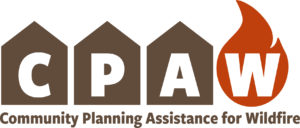
Firetopia Land Use Planning Toolkit
The Firetopia Land Use Planning Toolkit includes sample code language, community case studies, and best practices for creating wildfire-resilient land use planning practices. Firetopia addresses community plans, land development regulations, building and fire codes, and funding. It was created by the Community Planning Assistance for Wildfire (CPAW) program.

Building Resilient Infrastructure and Communities (BRIC)
FEMA’s Building Resilient Infrastructure and Communities (BRIC) program provides support to states, local communities, Tribes, the District of Columbia, and territories as they undertake hazard mitigation projects, reducing the risks they face from disasters and natural hazards.
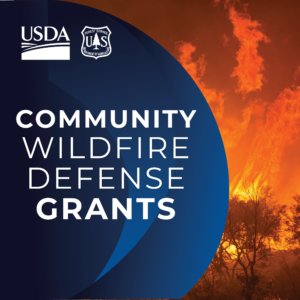
Community Wildfire Defense Grants (CWDG)
The Community Wildfire Defense Grant (CWDG) program provides grants to communities at risk from wildfire to develop or revise their community wildfire protection plans and carry out mitigation projects described within those plans. It is administered by the USDA Forest Service.
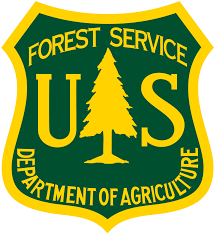
Landscape Scale Restoration (LSR) Program
The Landscape Scale Restoration (LSR) program is a Forest Service State and Private Forestry competitive grant program that promotes collaborative, science-based restoration of priority forest landscapes and furthers priorities identified in State Forest Action Plans or equivalent restoration strategies. LSR projects cross multiple jurisdictions, including Tribal, state and local government, and private forest land, to address large-scale issues such as wildfire risk reduction, watershed protection and restoration, and the spread of invasive species, insect infestation, and disease.

Conservation Stewardship Program (CSP)
The Conservation Stewardship Program (CSP) offers technical and financial assistance to agricultural and forest producers for conservation efforts. CSP can help private landowners plan and implement hazardous fuel treatments. It is administered by the USDA Natural Resources Conservation Service (NRCS).

Environmental Quality Incentive Program (EQIP)
The Environmental Quality Incentive Program (EQIP) provides financial and technical assistance to agricultural producers and non-industrial forest managers to address natural resource concerns and deliver environmental benefits, such as improved water and air quality, conserved ground and surface water, increased soil health, reduced soil erosion and sedimentation, improved or created wildlife habitat, and mitigation against drought and increasing weather volatility. It is administered by the USDA Natural Resources Conservation Service (NRCS).

Regional Conservation Partnership Program (RCPP)
The Regional Conservation Partnership Program (RCPP) is a partner-driven approach to conservation that funds solutions to natural resource challenges on private land. State and local governments, Tribes, non-profits, and others can apply to target conservation funding to certain geographies to address specific natural resource challenges. A majority of RCPP funding is provided directly to producers and landowners who implement conservation measures (for example, forest stand improvement) or place conservation easements on private lands. It is administered by the USDA Natural Resources Conservation Service (NRCS).
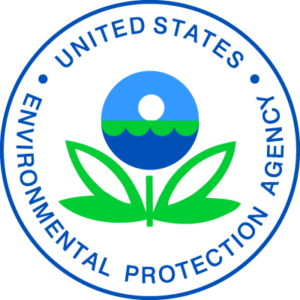
Drinking Water System Resilience Program
The Environmental Protection Agency’s (EPA’s) Drinking Water System Infrastructure Resilience and Sustainability Program funds projects in underserved communities and small communities (fewer than 10,000 people). Projects must increase resilience of drinking water systems to natural hazards, including wildfire. Planning and infrastructure improvements are funded.
Research & Science
- Adams M, Charnley S. (2021). Reducing Fuels and Advancing Equity: Incorporating Environmental Justice Into Hazardous Fuels Management. Science Findings 243. Portland, OR: U.S. Department of Agriculture, Forest Service, Pacific Northwest Research Station. 6 p.
- Charnley S, Spies TA, Barros AMG, White EM, Olsen KA. (2017). Diversity in forest management to reduce wildfire losses: implications for resilience. Ecology and Society, 22(1).
- Dana M & Smidt M. (2019). Costs of mechanical fuel reduction treatments. In Manzello S. (Ed.). Encyclopedia of Wildfires and Wildland-Urban Interface (WUI) Fires. Cham, Switzerland: Springer.
- Hoffman CM, Collins B, & Battaglia M. (2018). Wildland fuel treatments. In Manzello S. (Ed.). Encyclopedia of Wildfires and Wildland-Urban Interface (WUI) Fires. Cham, Switzerland: Springer.
- Hudak AT, Rickert I, Morgan P, Strand E, Lewis SA, Robichaud PR, Hoffman C, & Holden ZA. (2011). Review of fuel treatments effectiveness in forests and rangelands and a case study from the 2007 megafires in central, Idaho, USA. Gen. Tech. Rep. RMRS-GTR-252. Fort Collins, CO: USDA Forest Service, Rocky Mountain Research Station.
- Kolden CA. (2019). We’re not doing enough prescribed fire in the western United States to mitigate wildfire risk. Fire, 2(2).
- Loomis J, Sanchez JJ, Gonzalez-Caban A, Rideout D, & Reich R. (2019). Do fuel treatments reduce wildfire suppression costs and property damages? Analysis of suppression costs and property damages in U.S. National Forests. In Gozalez-Caban A & Sanchez JJ. (Eds.). Proceedings of the fifth international symposium on fire economics, planning, and policy: ecosystem services and wildfires. Gen. Tech. Rep. PS-GTR-261 (pp. 70-84). Albany, CA: USDA Forest Service, Pacific Southwest Research Station.
- Prichard S. et al. (2021). Adapting western North American forests to climate change and wildfires: 10 common questions. Ecological Applications 31(8).
- Schultz CA, McCaffrey SM, Huber-Stearns HR. (2019). Policy barriers and opportunities for prescribed fire application in the western United States. International Journal of Wildland Fire, 28(11), 874-884.
- White R, Johnson M, Vaillant N, & Fried J. (2018). Fuel treatments: Are we doing enough? Science Update 25. Portland, OR: USDA Forest Service, Pacific Northwest Research Station.
Learn how these actions align with federal policies and initiatives.


